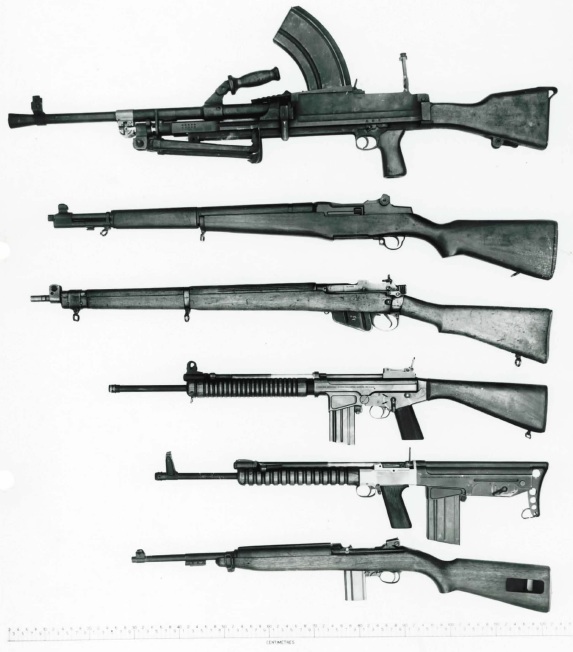Driftless
Donor
Some of the discussion on the "No MV22 Osprey"thread got me thinking about some the "Not Invented Here (NIH)" devices.
What historic successful NIH devices were there? I think of the Lewis Gun, invented in the US but used all over the place, and very little at home.
What were the missed NIH opportunities that could have had a big impact, had decision makers had a more open mind? The US & the Leopard 1 as a possible example?
This doesn't need to be confined to military equipment either.
Fire away...
What historic successful NIH devices were there? I think of the Lewis Gun, invented in the US but used all over the place, and very little at home.
What were the missed NIH opportunities that could have had a big impact, had decision makers had a more open mind? The US & the Leopard 1 as a possible example?
This doesn't need to be confined to military equipment either.
Fire away...

